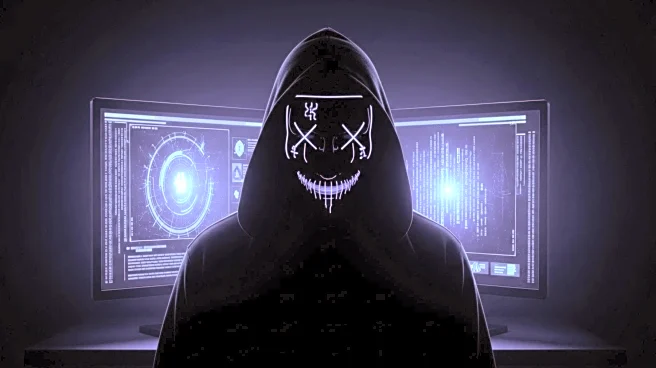What's Happening?
A threat actor has been linked to three ransomware-as-a-service (RaaS) operations, according to The DFIR Report. The attack, which occurred in September 2024, involved the deployment of SectopRAT malware through a malicious file disguised as a legitimate application. The threat actor used various tools and techniques, including the SystemBC proxy tunneling tool and PowerShell scripts, to compromise systems and exfiltrate data. The attack aimed to deploy ransomware, although no file-encrypting malware was executed. The threat actor employed multiple defense evasion techniques, such as process injection and disabling security features, to avoid detection.
Why It's Important?
The identification of a threat actor linked to multiple RaaS operations highlights the evolving nature of cyber threats and the sophistication of attackers. The use of advanced tools and techniques underscores the need for robust cybersecurity measures to protect against such threats. This development is significant for businesses and organizations, as it emphasizes the importance of proactive defense strategies and the need to secure systems against potential ransomware attacks. The linkage to multiple RaaS operations also suggests a coordinated effort among cybercriminals, posing a greater risk to targeted entities.
Beyond the Headlines
The attack's reliance on legitimate tools for malicious purposes raises ethical and legal questions about the responsibility of software developers in preventing misuse. The incident also highlights the challenges of attribution in cyberattacks, as threat actors often use sophisticated methods to obscure their identities. The broader implications include the potential for increased regulatory scrutiny on cybersecurity practices and the need for international cooperation to combat cybercrime.











